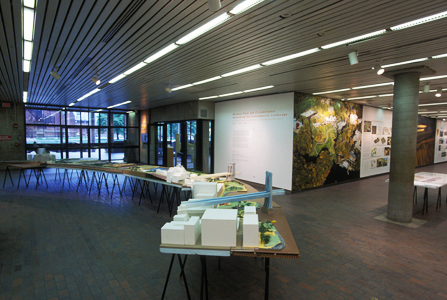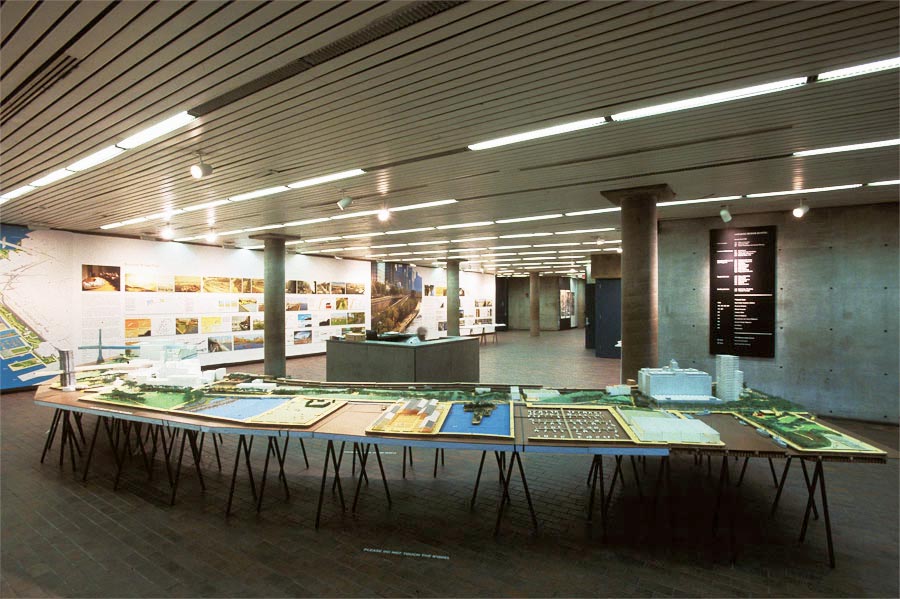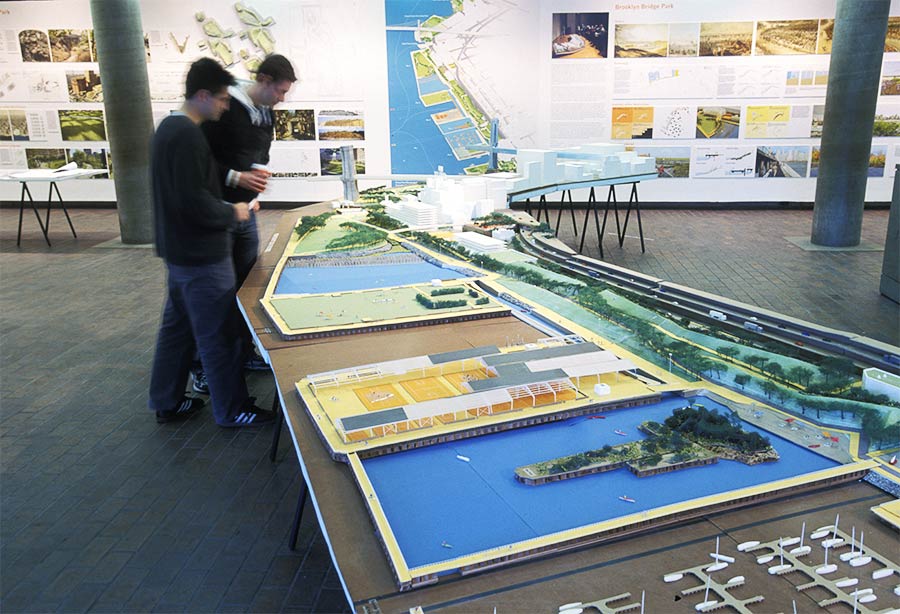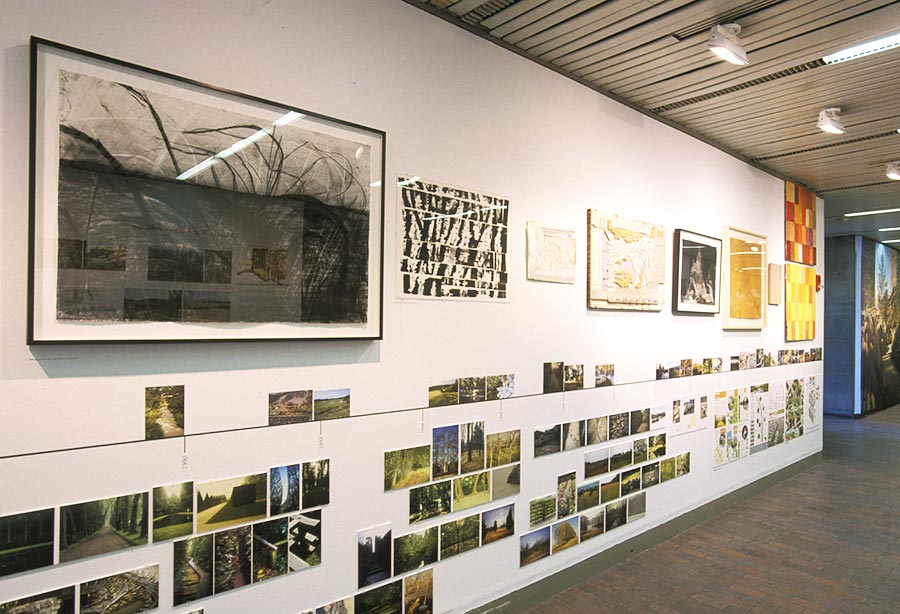Between Form and Circumstance: Rethinking the Contemporary Landscape
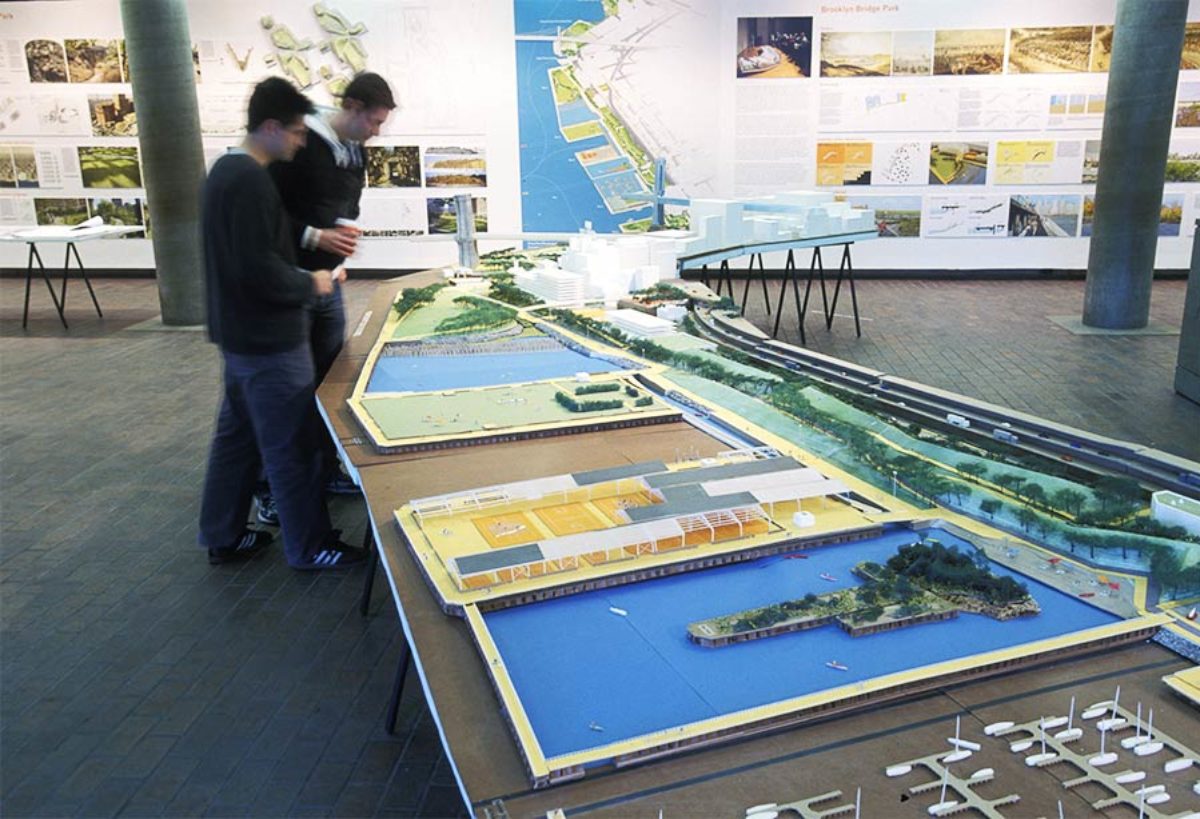
This exhibition of Michael Van Valkenburgh Associates’ (MVVA) five recent projects explores a rarely discussed aspect of the firm’s work: the varied fields of research that inform their projects. Although technical research was often fundamental to earlier work, such as the series of experiments with ice-water walls (begun as early as 1979), the Regis Gardens at the Walker Art Center (1986–88), or the plantings at the Vera List Courtyard (1989), to name a few, it is not generally acknowledged in the extensive literature on their work. The recent focus of the firm’s work on difficult sites—ones that require soil and water remediation, that have overlapping jurisdictional areas with conflicting regulations, that are isolated from their contexts—has made their practice increasingly technical, one could even say largely data-driven, and complex. Unlike those practices that reify the programmatic and the technical at the expense of the aesthetic, however, MVVA resists surrendering design to the purely pragmatic and strategically turns site limitations and regulations into a poetics of place, one influenced as much by the firm’s formal sensibilities as by a site’s individual circumstances.
The research that MVVA develops for each project is specific to the particular challenges and opportunities presented, and it is a fundamental way in which the firm exercises its well-known commitment to site. In this sense, it is not surprising that the work of MVVA has not, after twenty-five years, become predictable and formulaic. Knowing that each site is unique, whether physically or historically, the firm begins each project anew, without predetermined visions. To highlight this research-guided design process, the exhibition material is presented such that projects may be studied comparatively, according to four topics (or circumstances). These are organized along horizontal bands that comprise the core of their research for these five sites: history, technology, invention, and material language. The intent is to disclose the diverse roles each aspect plays in the process of thinking through the design and construction of a landscape, and to provide a full display of the complexity of these terms in contemporary practice.
Three other types of research that are fundamental to the firm’s work are included in this exhibition. The first is the exploratory practice of design competitions, where ideas and materials are tested and set aside until the opportunity to implement them arises. The second is the visual arts, a source of material and formal inquiry for the firm since the mid-1980s, through both collaborations with artists and Van Valkenburgh’s own painting and drawing. Finally, Matthew Urbanski’s and Laura Solano’s experiments with materials continue to provide new directions for the work. Together, MVVA’s meticulous technical, historical, and material research, creative manipulation of data, regulations, and site conditions, and unflagging belief that in the end, it all has to amount to powerful experience demonstrates the breadth of criteria that is vital for the making of the contemporary landscape.
Anita Berrizbeitia, curator
